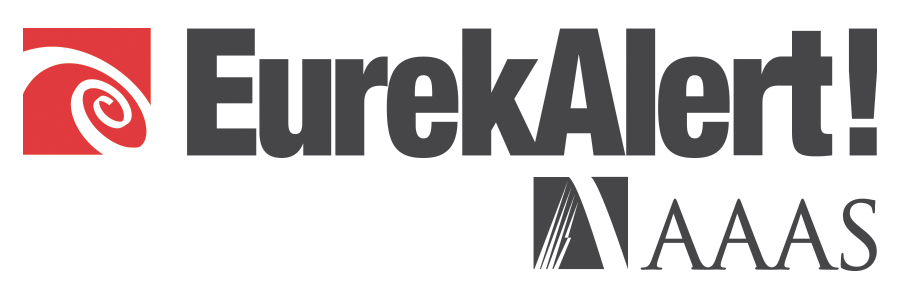
WINSTON-SALEM, N.C. – May 30, 2019 – A potential therapeutic strategy to treat viral infection and boost immunity against cancer is reported in the May 30 online issue of the journal Cell.
The work, conducted by scientists at Wake Forest School of Medicine, found that boosting the body’s production of type 1 interferon helped clear viral infection and increased immunity against cancer by identifying a sensor involved in suppressing interferon production in an animal model.
Interferons are a group of signaling proteins made and released by host cells in response to the presence of several viruses. In a typical scenario, a virus-infected cell will release interferons causing nearby cells to heighten their anti-viral defenses.
Interferons also help the immune system fight cancer and may slow the growth of cancer cells.
The principal investigator of the study was Hui-Kuan Lin, Ph.D., professor of cancer biology at Wake Forest School of Medicine, part of Wake Forest Baptist Health.
In the study, Lin’s team discovered that RIG-I-like receptors (RLR) mediated interferon (IFN) production, which played a pivotal role in elevating host immunity for viral clearance and cancer immune surveillance. They reported that glycolysis, the first step in breaking down glucose to extract energy for cellular metabolism, was inactivated during RLR activity. That inactivation served as the key to turn on type I IFN production.
Using pharmacological and genetic approaches, the scientists showed that lactate reduction by lactate dehydrogenase A (LDHA) inactivation heightened type I IFN production to protect from viral infection in mice.
The study established a critical role of glycolysis-derived lactate in limiting RLR signaling and identified MAVS as a direct sensor of lactate, which functions to connect energy metabolism and innate immunity, Lin said.
Type I interferons (IFNs), produced by almost all type of cells, played a vital role in host defense against viral infection and cancer immunosurveillance, Lin said.
Lin’s team plans to conduct additional studies in other animal models in preparation for potential clinical trials.
###
This work was supported by Start-ups and The Endowment Fund of Anderson Discovery Professor for Cancer Research from Wake Forest School of Medicine; National Institutes of Health (NIH) grants R01CA182424 and R01CA193813; and NIH grants R01CA194094 and R01CA197178. The research team also acknowledges the support by the National Key Research and Development Program 2017YFA0503900, National Natural Science Foundation of China 31671413, and Beijing Nova Program Z161100004916147; and Major Program of National Natural Science Foundation of China 81790252.
Disclaimer: AAAS and EurekAlert! are not responsible for the accuracy of news releases posted to EurekAlert! by contributing institutions or for the use of any information through the EurekAlert system.

